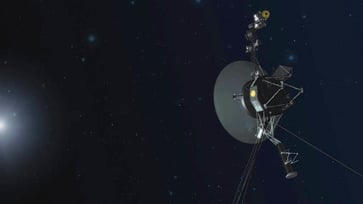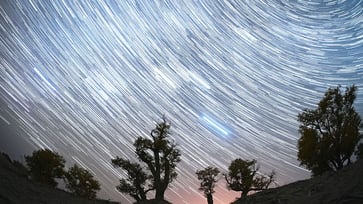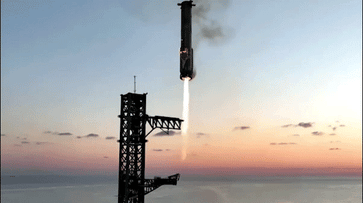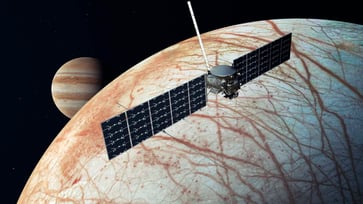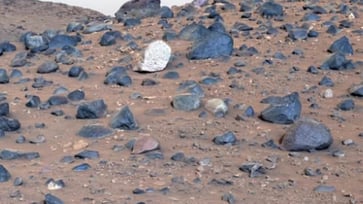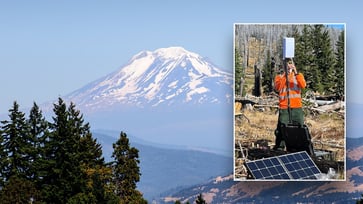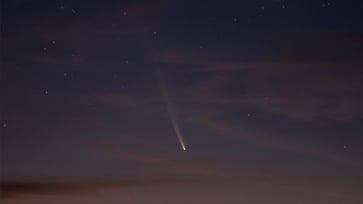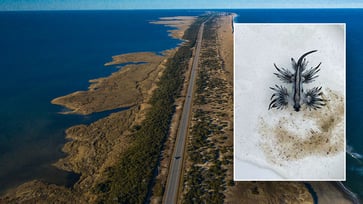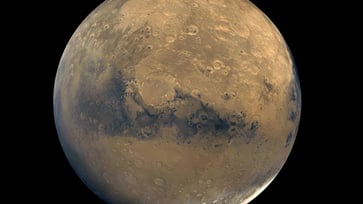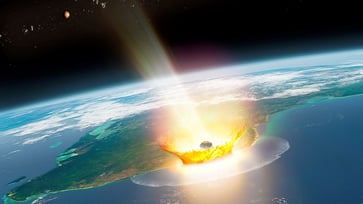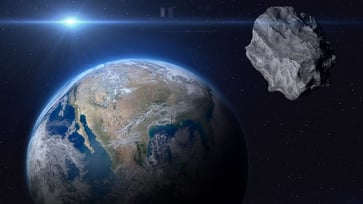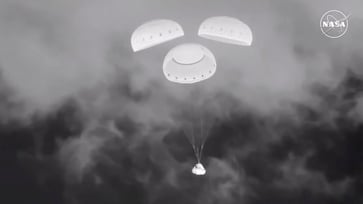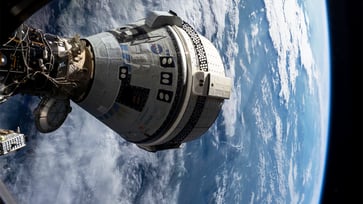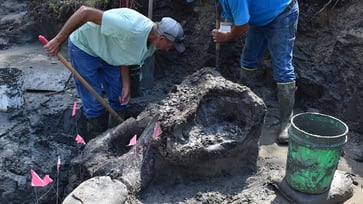A powerful geomagnetic storm could strain the power grid as the recovery process continues following two major hurricanes.
On Thursday, Earth experienced a Coronal Mass Ejection, which posed a threat to the power grid, satellites, and GPS systems.
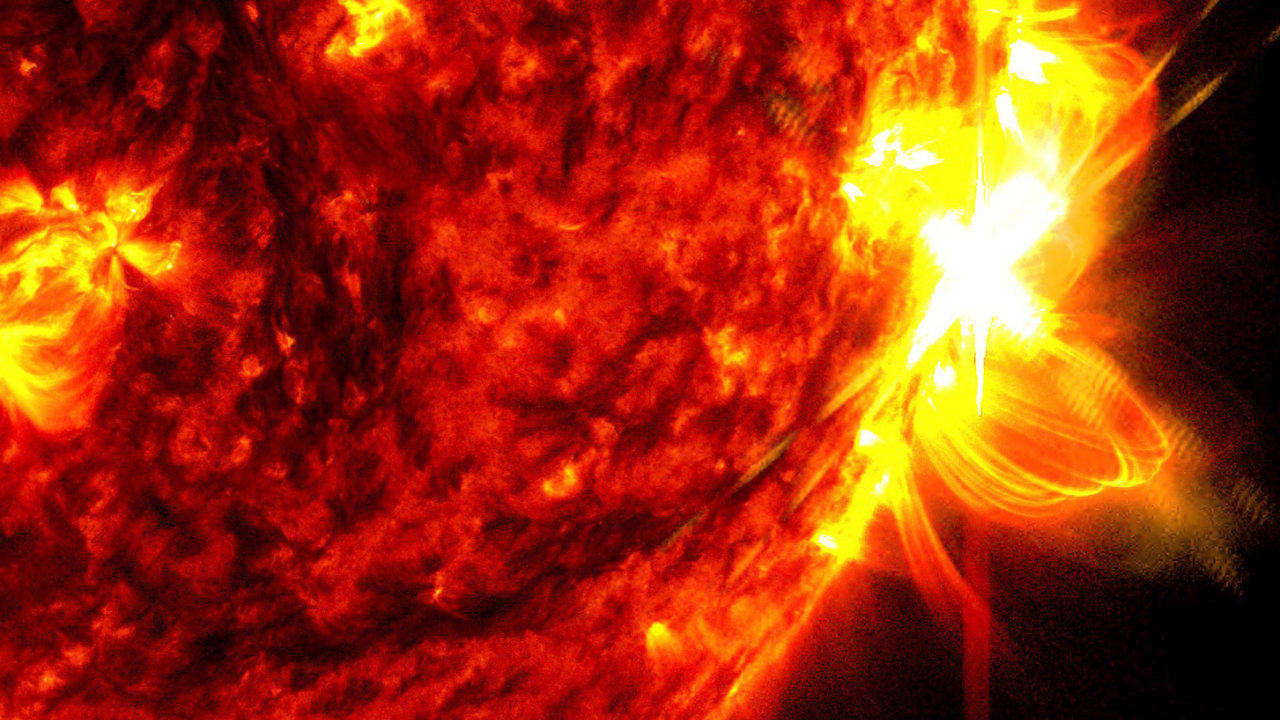
On Thursday, a severe solar storm hit Earth, which could further strain power grids already under stress due to consecutive major hurricanes, according to space weather experts.
A Coronal Mass Ejection (CME) originating from the Sun arrived on Earth at approximately 11 a.m., as announced by the National Oceanic and Atmospheric Administration (NOAA) on Thursday.
The Space Weather Prediction Center issued warnings and alerts for geomagnetic storm conditions, and by Thursday, the Earth was under severe conditions.
A severe geomagnetic storm is a significant disruption in Earth's magnetic field, with varying intensity levels ranging from lower to severe conditions during the event.

Geomagnetic storms could impact the power grid, satellites and GPS technology.
"NOAA predicts that storm conditions will arise overnight as CME progression continues, resulting in fluctuations in geomagnetic storm intensity."
NOAA issued a severe geomagnetic storm watch for Thursday into Friday due to a sun outburst, which can disrupt power and radio signals.
Power plant operators and spacecraft controllers were instructed by NOAA to take precautions in anticipation of the approaching storm.

NOAA informed FEMA about potential power outages due to Hurricane Helene and Hurricane Milton, which hit Siesta Key, Florida, on Wednesday night as a Category 3 storm with winds up to 120 mph.
The solar storm that is currently forecasted by space weather forecasters is not predicted to be as intense as the one that occurred in May, which was the strongest in over two decades.
Scientist Rob Steenburgh of NOAA's Space Weather Prediction Center stated that Florida is far enough south to avoid any power disruptions from the solar surge unless it gets a lot bigger, as reported by The Associated Press on Wednesday.

"Steenburgh stated, "This enhances the comfort level a bit." "The purpose of our presence is to inform them so they can prepare.""
NOAA space weather forecaster Shawn Dahl stated that experts are more focused on the potential effects on power grids in regions hit by Hurricane Helene two weeks ago.
Auroras may be visible in the lower Midwest and Northern California during storms, though specific locations and times are unclear, according to NOAA. To capture these elusive light displays, sky gazers should use their smartphones to take photos.
The Northern Hemisphere experienced stunning auroras due to May's solar storm, with no significant disruptions occurring.
The recent solar activity is due to the sun being near the end of its 11-year cycle.
The Associated Press contributed to this report.
science
You might also like
- Lunar modules from the first two moon landings have been captured in stunning detail by Orbiter photos, more than 50 years after the historic missions.
- Discovery of a remarkable mastodon jaw in a New York homeowner's backyard
- NASA resumes communication with Interstellar Voyager 1 after pause.
- In 2055, the asteroid that was once referred to as Earth's "mini moon" will make a return visit.
- A new species of sea slug that resides in the ocean's 'midnight zone' has been discovered with a glowing appearance.
